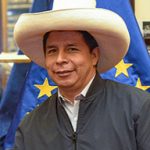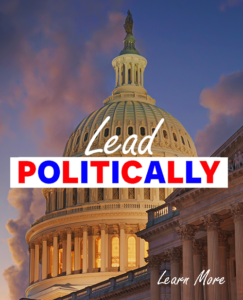Politics
Peru Politics
This page explores Peru’s political structure incorporating real-time RSS feed news and videos. By harnessing the power of RSS feeds, visitors can stay informed about the latest developments in Peru’s politics as they happen. The dynamic nature of these feeds ensures that users receive up-to-the-minute updates on political events, policy changes, and significant milestones, enabling them to stay abreast of the ever-evolving political scene.

José Pedro Castillo Terrones
63th President of Peru
Incumbent
Assumed office
28 July 2021
Image credit
Peru is a country located on the western coast of South America. It operates as a presidential republic with a democratic system of government. The political structure of Peru is defined by its constitution, which was last amended in 1993.
At the top of the political structure is the President of Peru, who serves as both the head of state and the head of government. The President is elected by popular vote for a single five-year term and has executive powers. The President appoints ministers who form the Council of Ministers, responsible for implementing government policies and managing the various ministries.
The legislative branch of Peru consists of the Congress of the Republic, which is a unicameral institution. The Congress is composed of 130 members known as congressmen (congresistas) who are elected through proportional representation. They serve for a five-year term and are responsible for enacting laws, approving the national budget, and overseeing the executive branch.
Peru also has an independent judiciary. The Supreme Court is the highest judicial authority in the country. It is responsible for ensuring the application and interpretation of laws and resolving legal disputes. The judiciary plays a crucial role in upholding the rule of law and protecting the rights of individuals.
Political parties in Peru play a significant role in the political landscape. There are numerous political parties that compete in elections, and party affiliations often shape political alliances and policies. The party system in Peru has experienced shifts and changes over time, with different parties gaining prominence in different periods.
It is important to note that Peru has faced challenges related to corruption, political instability, and social inequality. However, the country has taken steps to address these issues and strengthen democratic institutions. Peru has a history of holding regular elections and transitioning power peacefully, which demonstrates its commitment to democratic governance. Overall, Peru’s political structure is characterized by a presidential republic with a separation of powers between the executive, legislative, and judicial branches. The country continues to strive for political stability, good governance, and inclusive development.
Unless other sources are listed, original content is provided by ChatGPT. ChatGPT may produce inaccurate information about people, places, or facts. #Peru #PeruPolitics #PeruNews #PeruNewsToday #PeruRSSFeed #BlahFace



